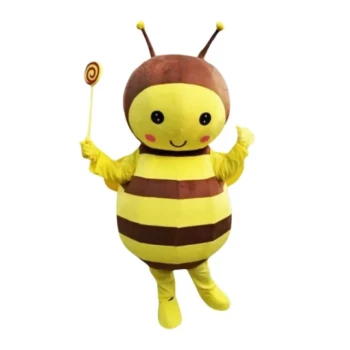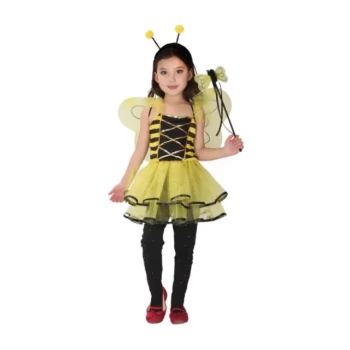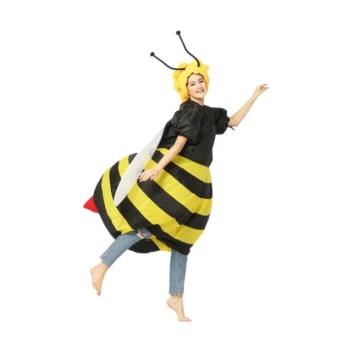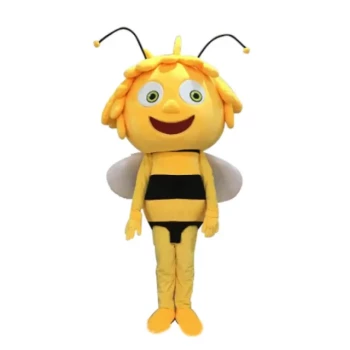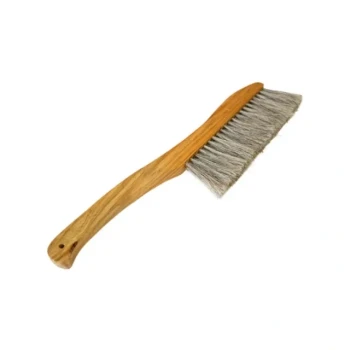When choosing a beekeeping suit, the most critical factor is to select a size that is significantly larger than your normal clothing. A baggy fit is not just for comfort; it is your primary defense, as it creates a crucial gap between the fabric and your skin, making it much harder for a bee's stinger to reach you.
Your beekeeping suit is not an article of clothing—it is a piece of safety equipment. The right choice moves beyond a simple size tag to a deliberate balance of fit, material, and features that ensures both protection and the mobility you need to work effectively.
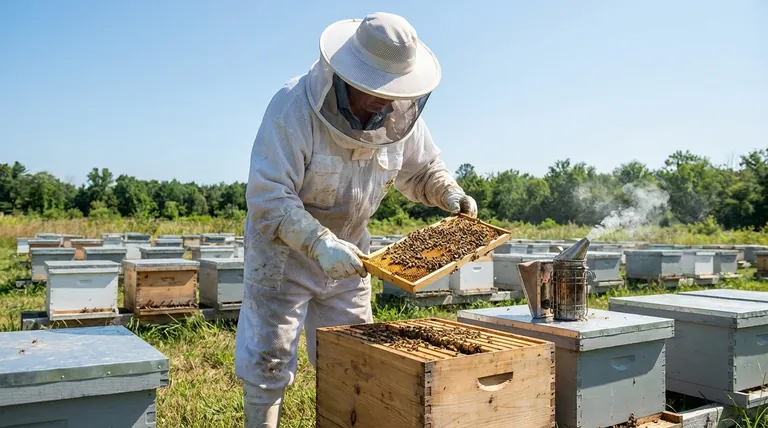
Why a Loose Fit is Non-Negotiable
A common mistake for new beekeepers is choosing a suit that fits like a normal garment. This fundamentally misunderstands the purpose of the suit. A snug fit is a liability, not a feature.
Creating a Protective Air Gap
The primary goal of a beekeeping suit is to prevent stings. A bee's stinger has a fixed length. If the suit's fabric is pulled tight against your skin, a stinger can easily penetrate both the material and your skin.
A loose, baggy suit creates an air gap. This space ensures that even if a bee attempts to sting through the fabric, its stinger is unlikely to be long enough to make contact.
Accommodating Underlayers
You will almost always wear clothing under your suit. Sizing up ensures you have ample room for a shirt and pants without restricting your movement or pulling the suit tight against your body.
Ensuring Unrestricted Movement
Beekeeping is a physical activity that involves bending, lifting heavy boxes, and reaching. A tight suit will strain at the seams, risk tearing, and severely limit your range of motion, making your work inefficient and unsafe.
Beyond Size: Matching the Suit to Your Environment
Once you've committed to sizing up, the next step is to consider the material and features that align with your specific climate and beekeeping intensity.
Material and Climate
The material of your suit directly impacts your comfort and safety.
- Cotton: A traditional choice prized for its breathability. It's comfortable but can be heavier and may offer less protection than thicker synthetic blends if not sufficiently loose.
- Polycotton Blends: These offer a popular middle ground, combining the breathability of cotton with the durability and sting resistance of polyester.
- Ventilated & Mesh Suits: These are the best choice for hot climates. Often constructed with triple-mesh layers, they allow for maximum airflow to prevent overheating while the layered design keeps stingers out.
Key Protective Features to Look For
High-quality suits include design elements that seal potential entry points for bees.
- Elastic Cuffs and Ankles: A simple but essential feature. Strong elastic creates a tight seal around your gloves and boots, which are common entry points.
- Durable Zippers: Look for heavy-duty zippers with overlapping flaps to prevent bees from crawling through the teeth.
- Veil Design: The veil should offer clear visibility and be securely attached to the suit, with no gaps around the collar.
Understanding the Trade-offs
Choosing a suit involves balancing competing priorities. Understanding these trade-offs will help you make a more informed decision.
Protection vs. Breathability
Thicker, non-ventilated suits may feel more "armored" and can offer superior protection. However, in warm weather, they can quickly lead to overheating, which is a serious health risk.
A high-quality ventilated suit is often the best compromise, offering excellent protection through its multi-layer mesh design while keeping you cool.
Cost vs. Durability
Less expensive suits are tempting, but they often use thinner materials, weaker zippers, and less robust stitching. Investing in a suit with higher-quality construction will not only last longer but will also provide more reliable protection over its lifetime.
The Imperative of Maintenance
Even the most expensive suit is rendered useless by a small hole. Before every single visit to your hives, you must inspect your suit for rips or tears. A small hole is an open invitation for a bee, and simple repairs can prevent a painful experience.
Making the Right Choice for Your Goal
Select your suit based on your specific context as a beekeeper.
- If your primary focus is maximum safety and frequent use: Invest in a high-quality polycotton or triple-mesh ventilated suit with reinforced seams and heavy-duty zippers.
- If you are a hobbyist in a hot climate: Prioritize a fully ventilated suit to prevent heat exhaustion, ensuring it is at least one size larger than you normally wear.
- If you are on a strict budget: A basic cotton suit can be effective, but you must buy it extra-large and be absolutely diligent about inspecting it for holes before every use.
Ultimately, the right beekeeping suit is one that lets you work with confidence, keeping your focus on the health of your bees rather than on your own safety.
Summary Table:
| Key Consideration | Why It Matters |
|---|---|
| Loose Fit (Size Up) | Creates a protective air gap to prevent stings and allows for unrestricted movement. |
| Material Choice | Balances protection with comfort (e.g., cotton for breathability, polycotton for durability, mesh for hot climates). |
| Protective Features | Elastic cuffs, durable zippers, and secure veils seal potential entry points for bees. |
| Suit Maintenance | Regular inspection for rips and tears is critical to ensure ongoing protection. |
Protect your beekeeping operation with confidence.
As a commercial apiary or beekeeping equipment distributor, your team's safety and efficiency are paramount. The right protective gear is not just clothing; it's essential equipment for productive beekeeping.
HONESTBEE supplies high-quality beekeeping suits and equipment designed for professional use. We offer durable options, including ventilated suits for hot climates and robust polycotton blends for maximum protection, all available through our wholesale-focused operations.
Let us help you equip your team with gear that ensures safety and promotes productivity. Contact HONESTBEE today to discuss your needs and explore our wholesale catalog tailored for commercial beekeepers and distributors.
Visual Guide

Related Products
- Friendly Bee Mascot Costume Vibrant Engaging Promotional Asset
- Charming Bee Mascot Costume Professional Engaging Brand Ambassador
- Plush Bee Mascot Costume Professional Engaging Brand Ambassador
- Superhero Bee Mascot Costume Dynamic Professional Brand Champion Costume
- Adorable Charming Playful Childs Bee Costume Set
People Also Ask
- What is the difference between beginner and professional bee suits? Choose the Right Protection for Your Apiary
- What are the features of a bee suit for women? Get a Tailored Fit for Safety & Comfort
- What are the features of a good bee suit? Ensure Complete Protection and Comfort for Beekeepers
- What are the features of an economical beekeeping jacket? Essential Protection for Budget-Conscious Beekeepers
- What features are important in a high-quality beekeeping suit? Maximize Protection & Comfort


